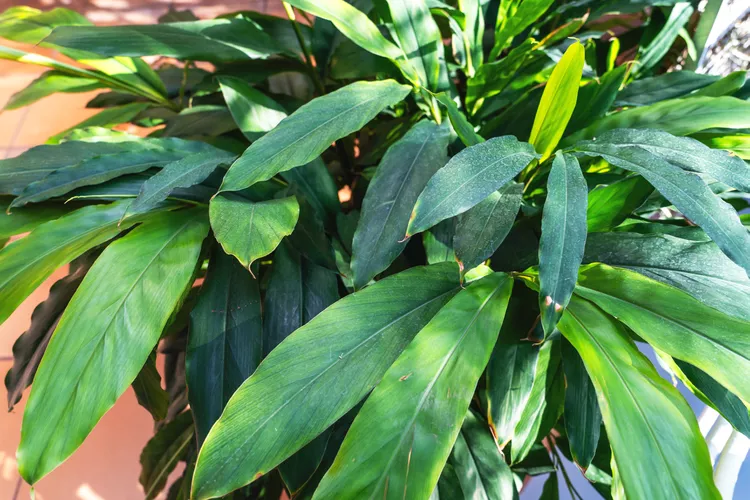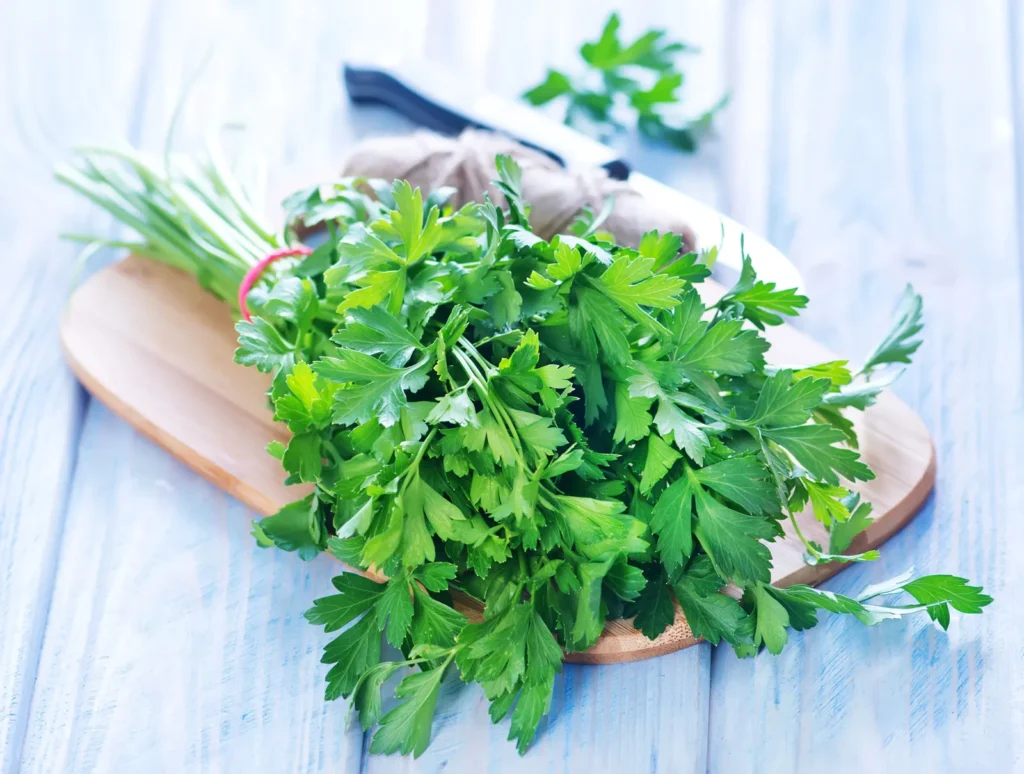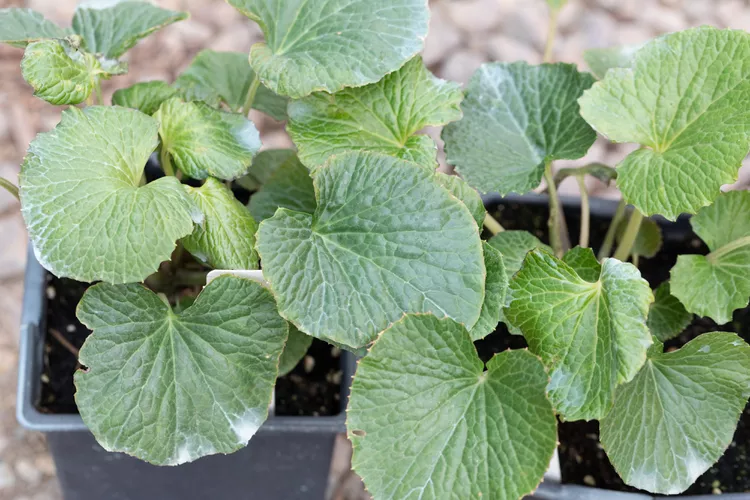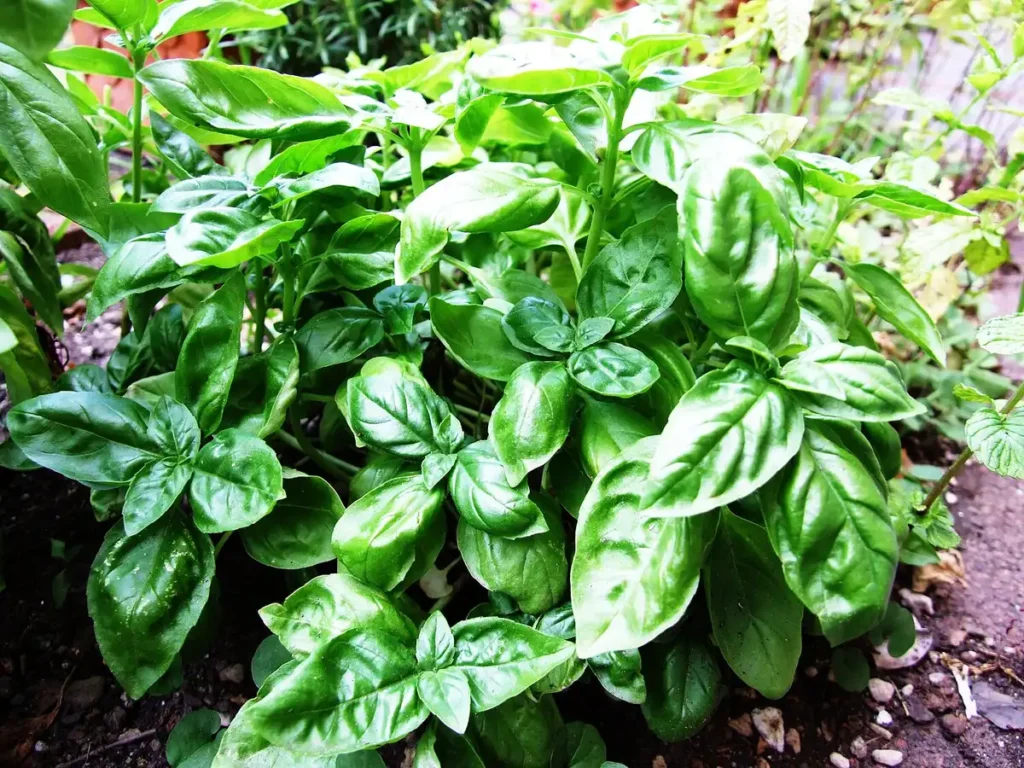
Description
Cardamom (Elettaria cardamomum) is a member of the ginger family and is cultivated primarily for its aromatic, spicy seeds. This herbaceous perennial forms an evergreen plant with tall, 6 to 15 cane-like stems and glossy, 24-inch, lance-shaped, dark green leaves from thick, knobby underground rhizomes.
The pale yellowish-green, 3/4-inch fruit pods will be produced, but the flowers and stalks have no aroma. There are fifteen to twenty aromatic, black to reddish-brown seeds in each pod.
Habitat
The cardamom-producing species are indigenous to tropical and subtropical Asia. In addition to India, cardamom is farmed on a modest basis in El Salvador, Sri Lanka, Vietnam, Honduras, Tanzania, Laos, Cambodia, Thailand, and Papua New Guinea. It is also farmed commercially in Guatemala.
Uses
Cardamom comes in two varieties that are used as medication, flavorings, and cooking spices for food and beverages. Green cardamom, or E. cardamomum, is smoked, used as a masticatory, and as a spice. Sometimes, medicine is made from the seeds and the oil that comes from them. Chemicals found in cardamom may help boost immunity, lessen edema, and destroy certain infections.

Varieties
The green cardamom (Elettaria cardamomum) variety is native to India and Malaysia. It is also known as real cardamom, Siam cardamom, or white cardamom.
Amomum subulatum, commonly known as Indian cardamom, is indigenous to China and Nepal.
Known by another name, black cardamom, Lanxangia tsaoko (formerly known as Amomum tsaoko) is a native plant to China and Vietnam that is frequently used in Sichuan cuisine.
Plant Care
- Light
Cardamom favors partial to complete shade. Steer clear of planting in the direct light. Think about growing in areas with towering trees and tropical weather similar to the native rainforests.
- Soil
Fertile potting compost with a loam base is ideal for cardamom growth. If growing in an area with high humidity and bright, unfiltered light, amend the soil with granulated bark or leaf mold. Because it requires tropical weather to provide the maximum amount of fruit, cardamom grows incredibly well in glass. It favors acidic conditions (5.1-5.5 to 6.1-6.5) in the garden.
- Water
Mist cardamom leaves often with rainfall; do not overwater. The ideal growing environments for cardamom are those with consistent annual temperatures, high soil moisture content, and plenty of natural light.
- Temperature and Humidity
Plant cardamom—flowers and fruits thrive only in tropical climates, when daily highs rarely fall below 72 degrees. The most significant reduction in plant development occurs when temperatures fall below fifty degrees Fahrenheit.
Grow cardamom in a hot, humid bathroom or a heated indoor greenhouse in semi-tropical or temperate areas. Although it’s rare to cultivate fruit or flowers indoors, cardamom makes a beautiful houseplant. Place the plant on a bed of regularly wet stones. Compared to its outdoor counterpart, the houseplant will only reach a height of 2 to 4 feet.
- Fertilizer
During the growing season, fertilize the plant twice a month with an organic fertilizer strong in phosphorus. Never apply before a period of intense rain. Add compost as a supplement once a year.
Table





